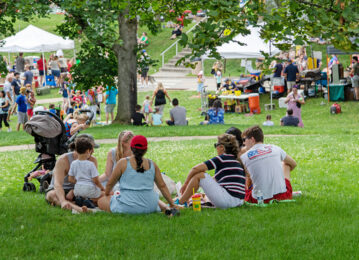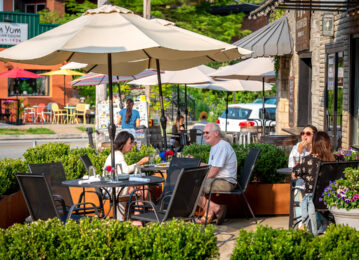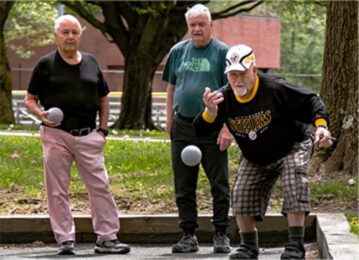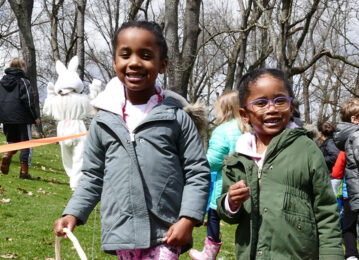Check out what’s
Trending

2026 Budget information

If you aren’t sure where to look for specific information on our website, please search here using keywords to learn anything from what day trash pick-up is, how to license your pet or plan a block party to how to volunteer in the community or start a business here.
Mt. Lebanon provides for the recreation and leisure needs of the community. It anticipates demographic changes, maintains assets to community standards, develops new facilities, and oversees creative and engaging programming appropriate to a range of ages and abilities. It recognizes that access to nature and thriving greenspaces is essential to the health and well-being of residents.
To achieve its vision for meeting community needs for recreation opportunities, access to nature and inviting parks, Mt. Lebanon will pursue strategies in four areas of concentration – connectivity, recreation programming, facilities and nature parks. Completing the implementation steps will place the municipality on the path toward improvements that residents say will make the community a more desirable place to live.
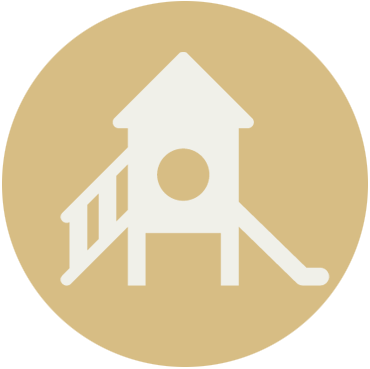
Implement aspects of an active transportation plan [see Mobility chapter] that specifically address connectivity and trails in and through municipal greenspace and parkland.
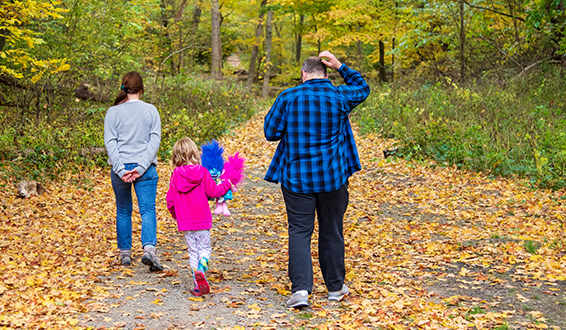
a. Connect neighborhoods and community assets via marked routes that include greenspace and park
Status: Active Transportation Plan currently in progress
Status: STARTED
b. Create a connected trail system between parks, to provide longer routes for community Begin with Robb Hollow Park, Bird Park and Main Park. Over time, also connect Hoodridge Park with Highland Terrace Park, and Sunset Hills Park with Williamsburg Park. Continue to explore other connections for greenway trails. Create official trails or sidewalks along paper streets, where feasible, for increased neighborhood and/or park connections.
Status: NOT STARTED
c. Add cycling infrastructure, including bike parking, at municipal parks and add bike repair stations at the larger parks. (Mt. Lebanon’s parks, by acreage and trail lengths, are considerably smaller than would be optimal for constructed bike trail networks, and such trail development is not suggested here.)
Status: NOt STARTED
d. Create and implement a trail development and maintenance plan for sustainable pedestrian trails in the municipality’s public greenspaces and nature parks. This includes conducting a trail study to review existing trails and recommend changes; constructing trails per the plan and according to established trail standards; and creating a budget line item for trail construction and maintenance. See timeline for plan development in item 14, “Nature Parks,” below.
Status: NOT STARTED
Implement a complete, unified signage plan for the park system.
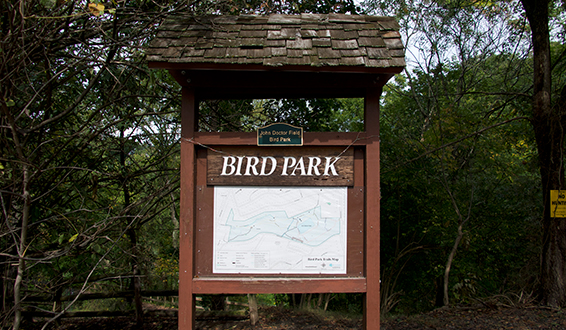
Previous park master plans recommended implementing a sign family for Mt. Lebanon’s parks. Park identification signs have been designed, with manufacture and installation expected soon. This is a first step; however, additional sign types should be designed and manufactured.
a. Improve park branding and identity with a fully designed family of signs that serves users and visitors.
Status: COMPLETE
b. Include park identification, wayfinding, trail marking, trail mile markers, park boundary markers and interpretive signs. Consider a programmable digital sign at the entrance to Mt. Lebanon Park that also serves as a highly visible park identification sign.
Status: IN PROGRESS
c. Provide consistent kiosks at all significant trailheads, continuing to construct them through partnerships with local groups.
Status: NOT STARTED
d. Provide directional signs in the community to the destination parks.
Status: NOT STARTED
Implement a trail amenities plan for the park system
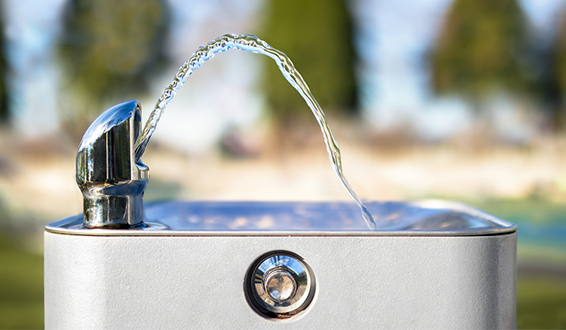
With “nature immersion” proved by studies to improve wellbeing, people increasingly seek time outdoors. Further, as more people work from home or seek additional opportunities to walk to chosen destinations, their activity in local parks has increased. The municipality should provide amenities for those using trails in different ways and for different reasons.
a. Identify opportunities and develop unique, site-specific amenities (such as the bird blind in Twin Hills Trails Park).
Status: NOT STARTED
b. Provide comfort stations, water fountains, trash receptacles and dog stations that minimize site disturbance and conform with a new set of municipal design standards (see Facilities 2b below).
Status: STARTED
Diversify programmatic offerings.
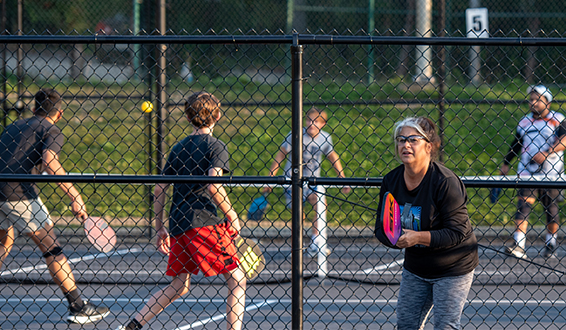
a. Implement recommendations of the 2022 Parks Master Plan. Expand program timing to attract work-from-home users and weekend users.
Status: In Progress
b. Include broadened programming intended to attract diverse audiences.
Status: In Progress
c. Explore opportunities to collaborate with community partners on expanded programming, including periodic review of program effectiveness.
Status: STARTED
Evaluate the efficiency of field and court usage to inform potential recommendations.
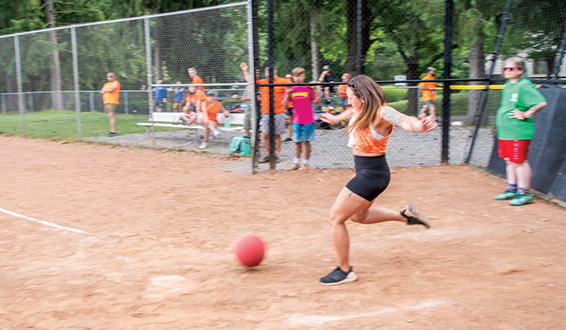
a. The 2022 Parks Master Plan recommended that the Recreation Department:
– Gather and consolidate field usage data for athletic programs, such as types of sports, participant enrollment, number of games and practices, and facility schedules.
– Create a comprehensive database to store this information and distribute relevant content (such as facility availability schedules) as needed.
These steps should be completed promptly, as they will inform decision-making about scheduling policies and practices and also would be useful to help document any need for additional facilities.
Status: IN PROGRESS
Revise how scheduling works across fields, facilities and programs.
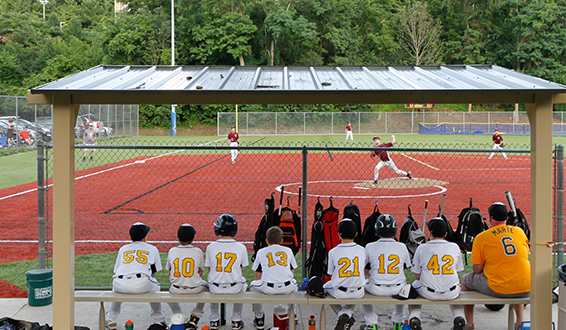
Scheduling should take into account parking demand and availability, because back-to-back scheduling can lead to twice the number of vehicles in a parking lot for arriving and departing players.
a. As recommended in the 2022 Parks Master Plan, the municipality should manage the scheduling process rather than leaving it in the hands of the athletic and sports organizations.
Status: ONGOING
Implement next steps to provide facilities, operations and maintenance that increase the recreation opportunities in the community.
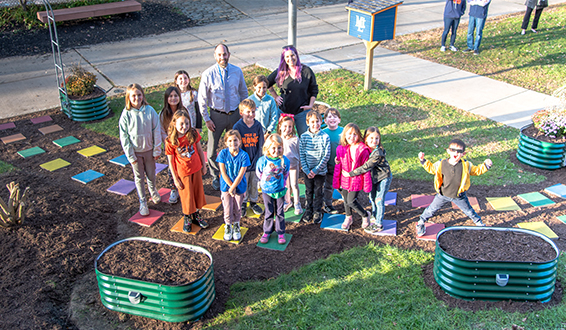
a. Expand the Recreation Center as recommended in the 2023-24 Mt. Lebanon Park Master Plan.
Status: STARTED
b. Consider purchasing or renting property not currently owned by the municipality in order to expand available space for recreation offerings. This could be interim or permanent space for offerings such as courts, community space, meeting rooms, fitness/gym facilities, or other items identified in this plan and the Parks Master Plan as community needs.
Status: NOT STARTED
c. Create additional sports fields and potentially other assets at McNeilly Park. For this, explore the potential of a multimunicipal approach to construction of sports courts, fields and a recreation center.
Status: NOT STARTED
d. Partner with the school district on shared programming and maintenance of recreation facilities.
Status: ONGOING
e. Explore development of community gardens at elementary schools in collaboration with the school district.
Status: NOT STARTED
Update and overhaul Mt. Lebanon parks according to a visual, community-wide master plan, so they address current and future community needs, provide inclusive recreation opportunities, improve connectivity and comply with community standards for aesthetics and functionality. The balance between passive and active recreation as well as open spaces, wooded areas, and “programmed” spaces should be considered.
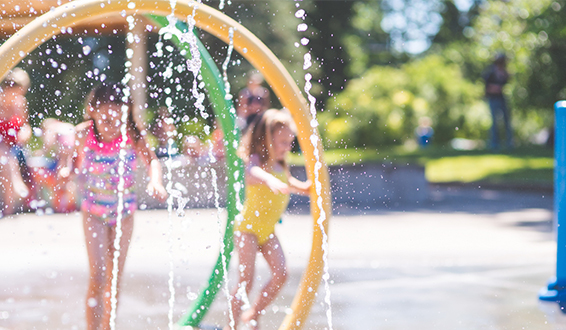
a. Add amenities on a community-wide basis to parks, parklets and greenspaces. This includes adding small spray parks at locations around the community; adding permanent restrooms at the community parks and potentially at the larger neighborhood parks; and considering sponsorships as a funding source.
Status: STARTED
b. Create and implement site furnishings standards for pavement and hardscapes, storage sheds, plantings, fencing, pavilions, benches, trash receptacles and signage.
Status: STARTED
c. Improve inclusivity and accessibility to and within parks, including striving for at least one accessible route to and in each park; and making trail routes, amenities and features more inclusive.
Status: NOT STARTED
Implement recommended improvements at specific parks and recreation facilities.
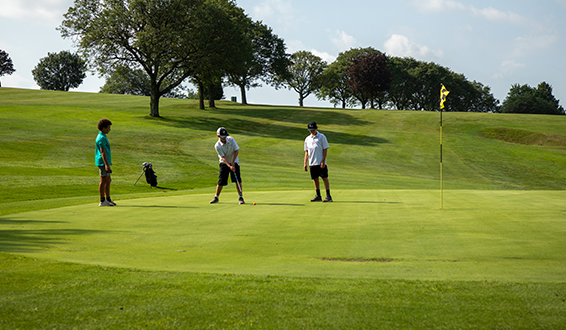
a. Implement improvements recommended in the 2022 Parks Master Plan.
Status: In Progress
b. Implement Meadowcroft Park Phase III (basketball courts).
Status: Project funded through 2025 Bond Issue (see Annual Budget)
Status: In Progress
c. Redesign and rebuild Sunset Hills Park, including Brafferton Field, to maximize park utility, including functionality of the field space, as recommended in the 2022 Parks Master Plan and emphasized by the Parks and Sports advisory boards.
Status: STARTED
d. Implement improvements to the Golf Course, including renovating and expanding the clubhouse; transitioning to EV golf cart; and adding trail connectivity to Mt. Lebanon Boulevard commercial area and T stops, and considering sports courts and a yard waste/composting location.
Status: NOT STARTED
e. As noted above, improve McNeilly Park to provide additional amenities, possibly in partnership with another municipality. This should include creating a driveway and parking area to access nature trails as a first step before embarking on a larger project.
Status: NOT STARTED
Acquire vacant, undevelopable and/or tax-delinquent properties as well as easements on portions of properties to meet recreation, conservation and streambank restoration goals.
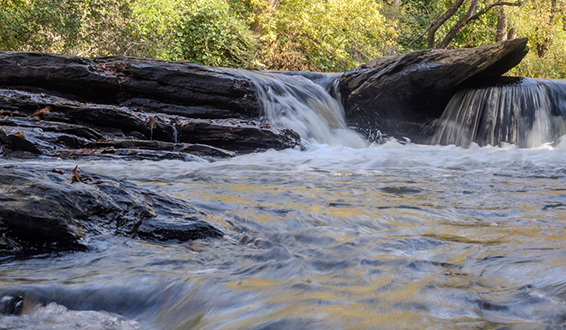
Parcel or easement acquisitions should be pursued to add or improve trails, expand parkland, improve neighborhood access, to provide additional community assets such as sports fields, courts and splash pads, and/or to protect stream valleys and steep hillsides.
a. The municipality’s planning department should produce annually a list of potential acquisition targets for municipal review, including properties that are deeply tax-delinquent, for-sale lots that abut existing park land, and parcels that are vacant and considered undevelopable.
Status: NOT STARTED
Improve management of park areas with heavy stormwater runoff, including parking lots, play areas, structures, sidewalks and trails.
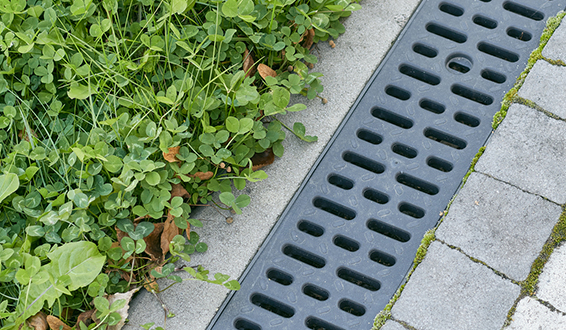
a. Include in park improvement projects the addition of green infrastructure and stormwater management for play areas and structures. Also include it with new or improved parking lots at Bird Park (Beadling Road), Robb Hollow Park (Kelso Road), Twin Hills Park (Twin Hills Drive) and Hoodridge Park. This can include solutions such as pervious paving, underground stormwater storage, and bioswales.
Status: NOT STARTED
b. Construct trails to sustainable trail design standards to minimize runoff and erosion.
Status: NOT STARTED
Assess field use efficiency (as noted in the Recreation Programming recommendations), then evaluate potential field upgrades. Improve fields as appropriate to permit additional scheduling and improve player experiences.
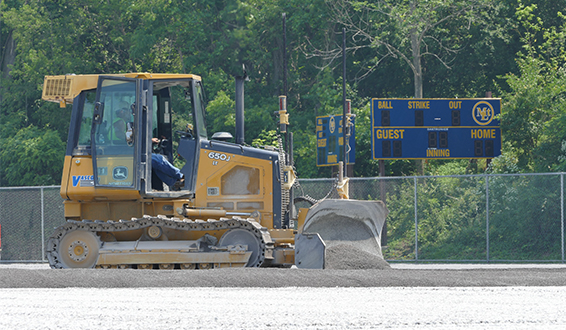
a. When evaluating potential field upgrades, base field surface decisions on factors to include: player health, ecological ramifications, and cradle-to-grave costs. Life-cycle costs should include but are not limited to: initial capital costs; annual operating and maintenance costs; periodic renewal and replacement costs; stormwater management implications in terms of capital costs, MS4 permit requirements and downstream hydrologic and water quality impacts; and external environmental impacts such as waste disposal costs and life- cycle greenhouse gas emission uptake implications. Health and safety considerations should include: implications for the user of the fields in terms of impacts by age group, type of games played, potential for injuries and field surface temperatures.
Status: STARTED
Work with allied organizations in general to identify mutual priorities and potentially collaborate on implementation.
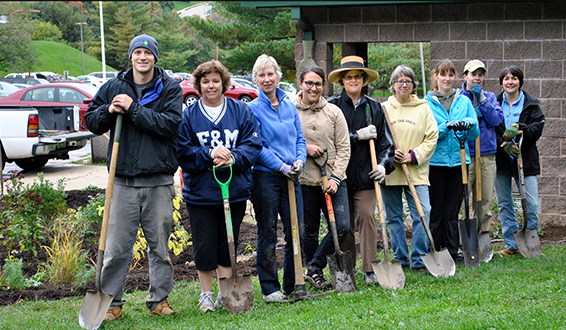
a. Ensure representatives of interested community groups are included on ad hoc committees and the Parks and Recreation Advisory Board.
Status: ONGOING
b. Maintain relationships with the sport and athletic associations.
Status: ONGOING
Create and implement a trail development plan for the municipality’s public greenspaces and nature parks, with greenspace trails contributing to both passive recreation and community connectivity goals.
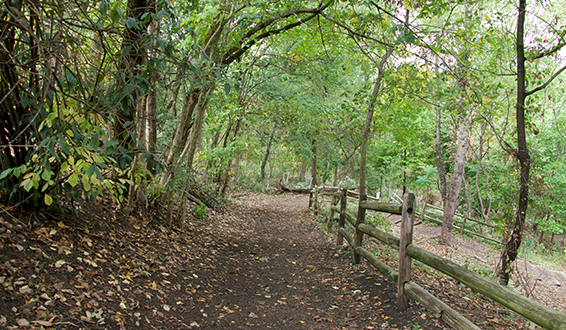
a. Consider creation of a trail development plan, or include trail development recommendations in the Active Transportation Plan
Status: Active Transportation Plan currently in progress
STATUS: Started
Implement a woodland stewardship plan.
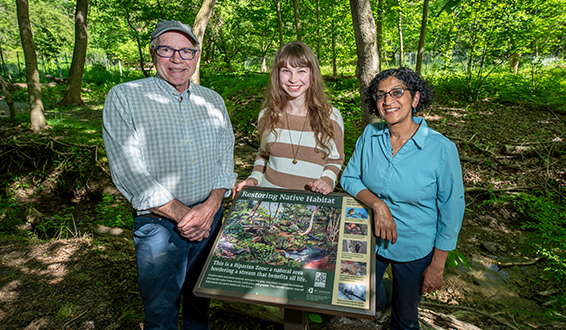
a. Complete and implement the woodland parks and invasive species management plan (2024), and fully implement a stewardship plan addressing woodlands management and sustainability.
Status: IN PROGRESS
b. Continue wildlife management efforts through a deer management program.
Status: ONGOING
c. Optimize green infrastructure stormwater management techniques to minimize erosion and sedimentation impacts.
Status: STARTED
d. Develop an education and enforcement system for residential yard waste dumping in parks.
Status: STARTED
e. Pursue the potential of creating a “display”/ interpretive planting area in each of the nature parks, in collaboration with Mt. Lebanon Nature Conservancy.
Status: NOT STARTED
Check out what’s

2026 Budget information
